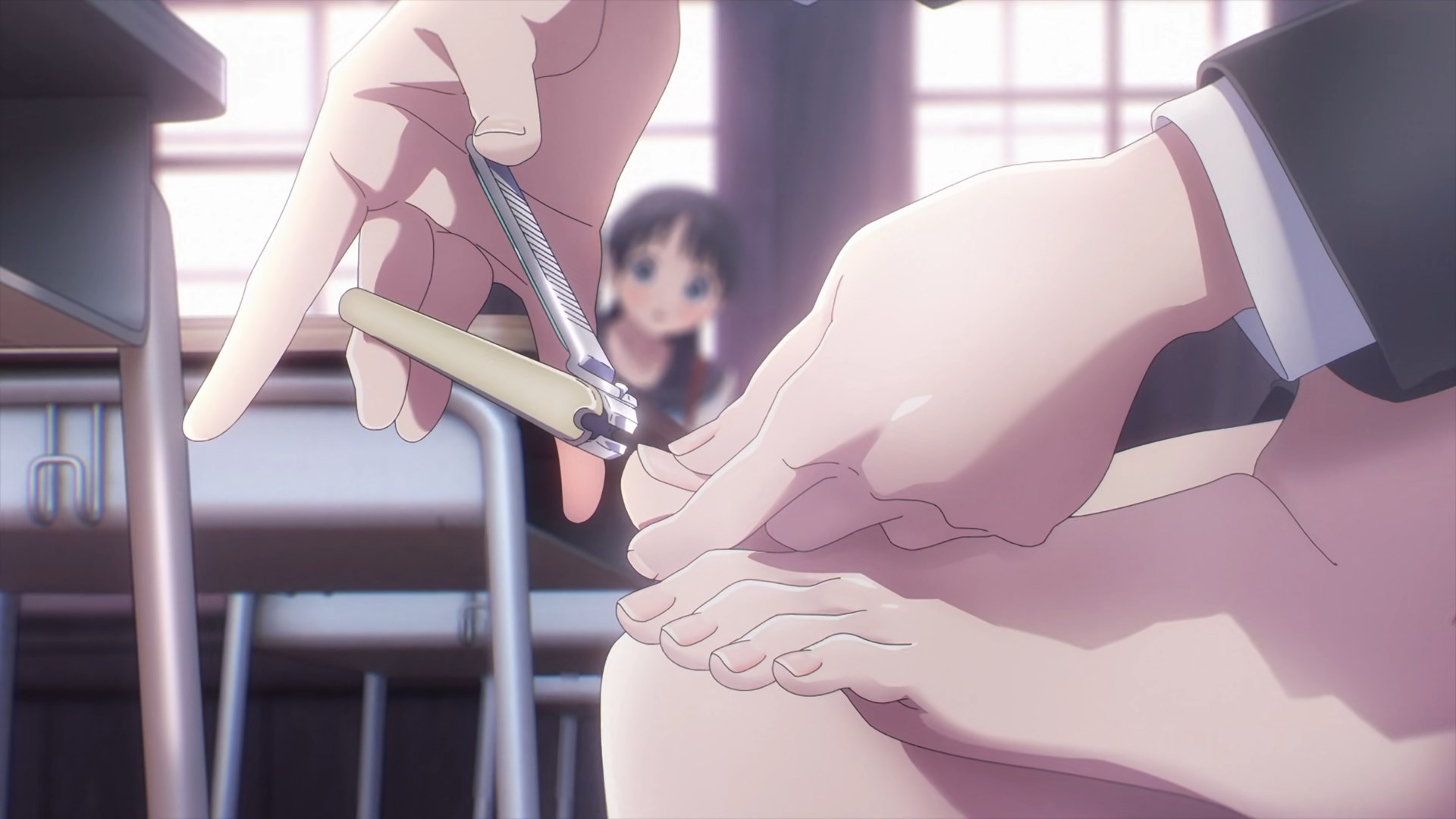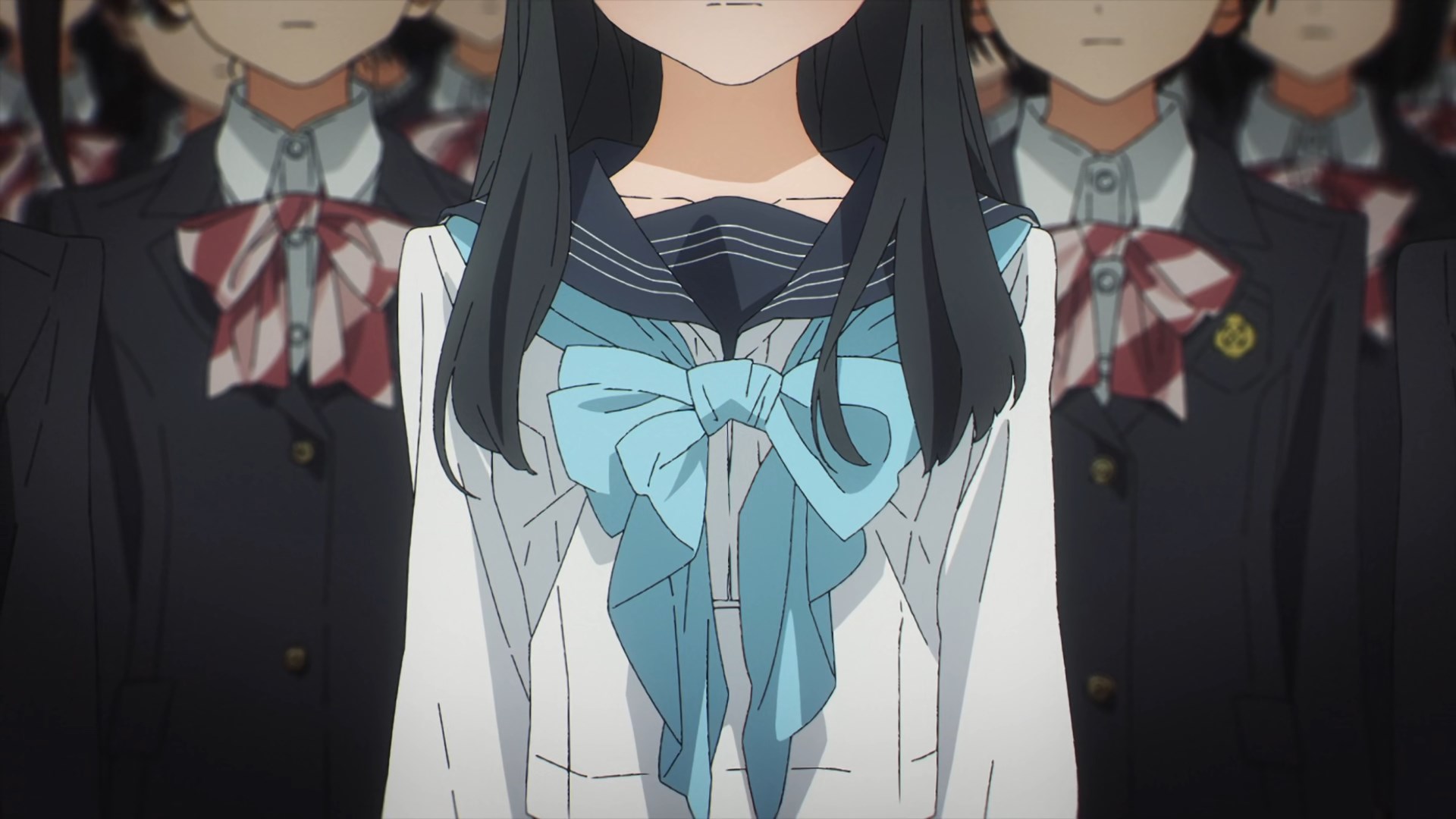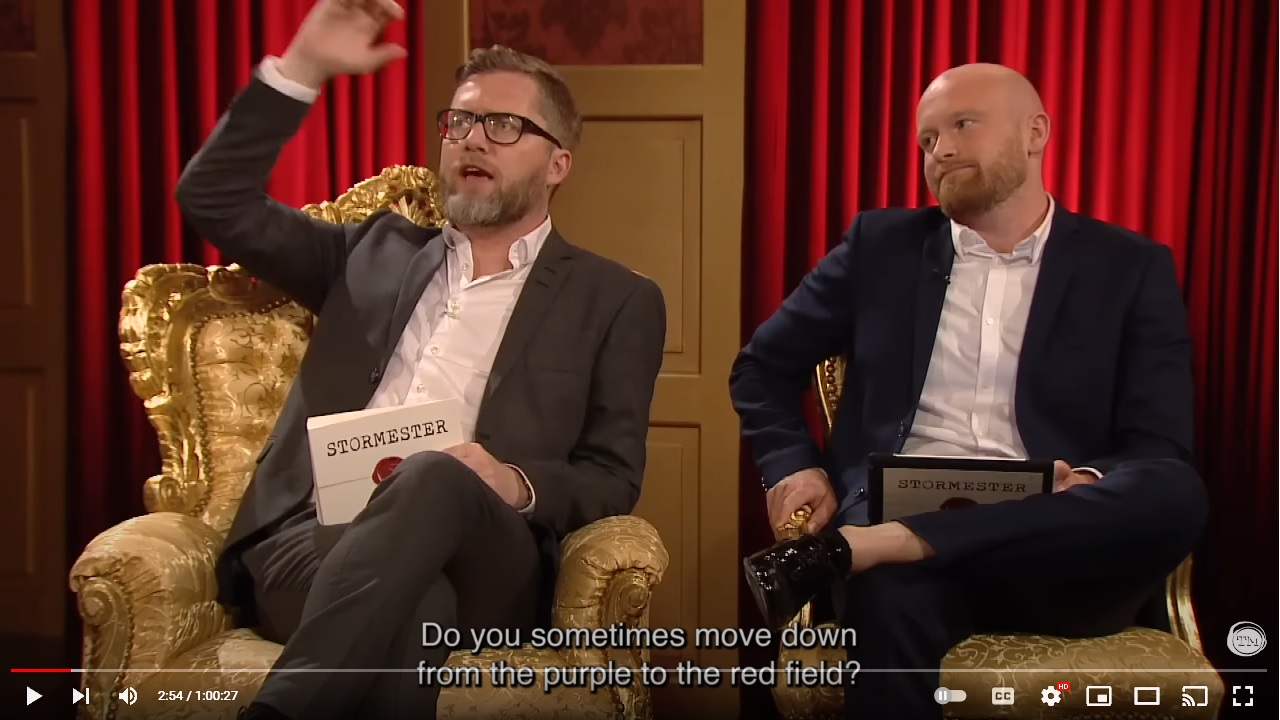This Arte documentary looks at the impact Brexit has had on cities like Grimsby and Hull, but in the process makes it very clear that Brexit was just the final nail in the coffin after decades of neglect and decay.
It’s easy to be judgmental about somebody like Darren Kenyon, the fisherman featured here. How could he have been so stupid as to believe the lies told about Brexit? How could he have voted to cut his own throat? It’s easy and tempting to do so because it absolves everybody else. Your own fault, you shouldn’t have been so stupid as to trust the Tories. You made your bed, now lie in it. But the reality is that Darren’s company was in trouble long before he voted for Brexit, one of the few fishing companies left in a town that once had thousands. Through decisions made and policies created beyond his control, Darren and thousands like him, not just fishers were left to struggle. No wonder they went for Brexit when it was explicitly sold to them as the one thing that could take away all those obstacles. Somebody like Darren, who started work at 13, not “very educational” as he puts it himself, but who managed to create a small, thriving business with his own hands yet sees it threatened by forces beyond his control, was primed to believe the promises Brexit and Boris Johnson made.
As such Darren and all the other Brexit voters like them are the least culpable for this disaster. Their fault was to trust the media and politicians who lied to them. Decades of tabloid lies about the EU and politicians blaming everything bad on it, but who steal the credit for the good it brought set the stage for the referendum. Then the media, from the BBC on down failed completely to educate and inform, at best just parroting what both sides said with few attempts to actually determine the truth. And even in those rare cases where this was attempted, it once again was reduced to “experts say X but these politicians disagree, we’ll let you figure it out”.
Worse, once Brexit was a reality and the only issue in question was how damaging it was going to be, the media and the political establishment did its upmost best to make it as damaging and hardcore as possible, while sinking any chance of an alternative. It was deemed more important to keep a mild social democrat out of Number 10 then it was to make sure the country wasn’t entirely fucked over. Time and again chances to get a soft Brexit were missed and the end result was the clown show that was the 2019 election, where Boris Johnson was shitefested over the finish line by an united press and political establishment determined to see off the threat of Corbynism. That three years later it has ended with hyperinflation, a crumbling economy and a health service on the edge of collapse is the price they would pay all over again if asked.
On the remain side there’s this annoying tendency to blame Brexit for all of the UK’s woes, but at best it’s a catalysor of already existing trends. Back in 2001 I was doing leafletting in the then elections for the Socialist Alliance in Plymouth and getting to see some of its estates was shocking. A level of poverty I’d never seen in the Netherlands. Again, reading between the lines in this documentary it’s clear that the poverty and misery in places like Grimsby and Hull aren’t recent either, but have been present for decades. This is why people voted for Brexit because it promised to change things and people were desparate enough to take that gamble. We shouldn’t blame them for it.



